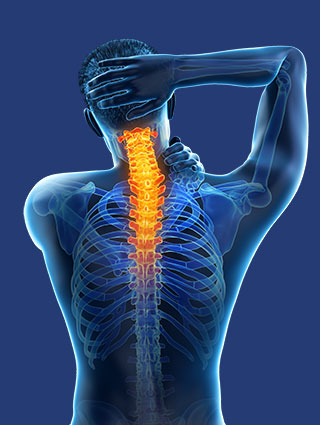 Fibromyalgia, while gaining more and more prevalence, still remains a mystery among the medical community. Those suffering hope that the money and time going into studying this condition will eventually lead to a satisfying answer for their pain. One recent study observed those with fibromyalgia and noted that the way they perceive touch is different from those without fibromyalgia. While this may seem insignificant, there is a definite connection between this and the chronic pain that fibromyalgia patients cope with.
Fibromyalgia, while gaining more and more prevalence, still remains a mystery among the medical community. Those suffering hope that the money and time going into studying this condition will eventually lead to a satisfying answer for their pain. One recent study observed those with fibromyalgia and noted that the way they perceive touch is different from those without fibromyalgia. While this may seem insignificant, there is a definite connection between this and the chronic pain that fibromyalgia patients cope with.
Approximately 5 million people in American over the age of 18 have fibromyalgia. Out of this number, up to 90% are women. Some common symptoms of fibromyalgia are:
Interestingly, the common thread among these problems is they are all controlled by the central nervous system.
The central nervous system is responsible for processing all sensations of the body. In those who suffer from fibromyalgia, signals about touch and pain are incorrect when they reach the brain, meaning that even soft, non-painful stimuli can be perceived by the brain as painful.
Here at our Redwood City, California practice, we work to help our patients have a better functioning central nervous system. We accomplish this by correcting any misalignments found in the top two bones of the neck. The C1 and C2 vertebrae have the special job of protecting the brainstem. However, if they become misaligned due to damage or trauma to the head or neck, they can actually put pressure on the brainstem, causing it to malfunction. In turn, the brainstem sends improper signals to the brain about pain sensations.
We use a very gentle method to encourage these bones to move back into place. It does not inflict further pain on one who is already coping with chronic pain. Many of our patients have reported improvement in fibromyalgia symptoms.
To schedule a complimentary consultation call our Redwood City office at 650-595-0500 You can also click the button below.
if you are outside of the local area you can find an Upper Cervical Doctor near you at www.uppercervicalawareness.com.
To schedule a complimentary consultation call our Redwood City office at 650-595-0500 or you can also click the button below.
If you are outside of the local area, you can find an Upper Cervical Doctor near you at www.uppercervicalawareness.com

